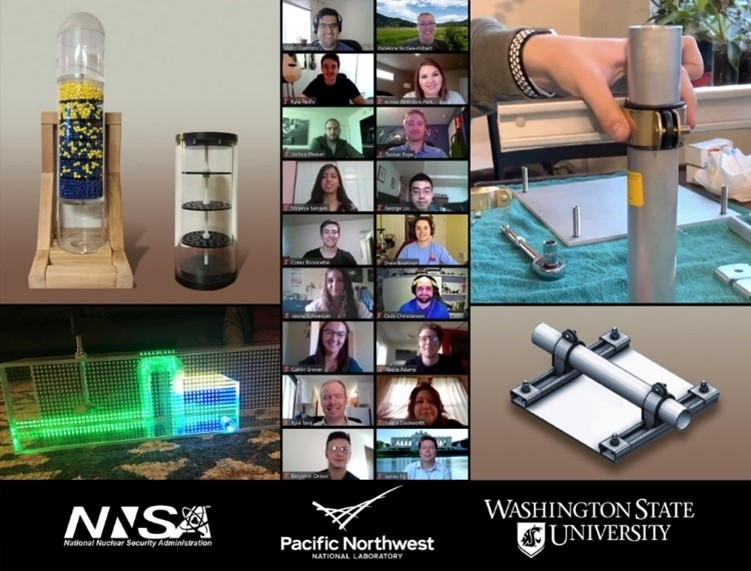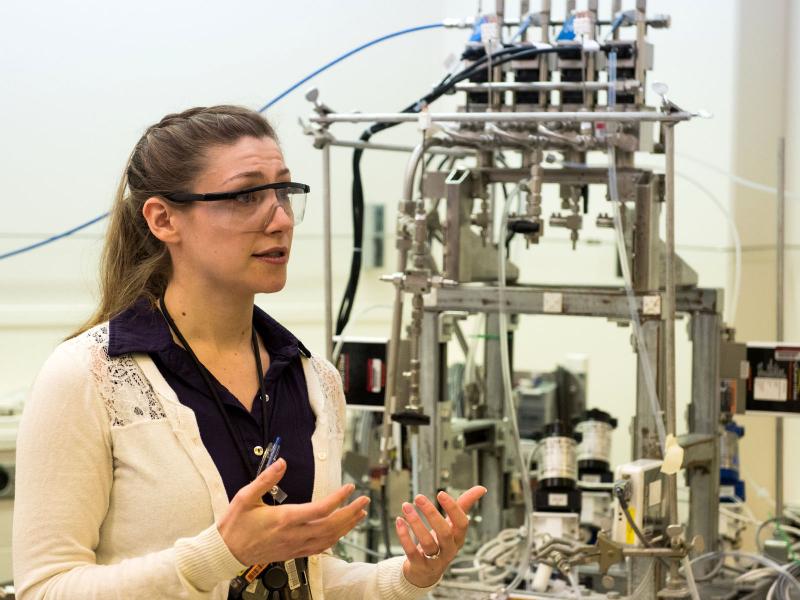Understanding how several different metals—such as the contents of PNNL’s space-bound cube—react to radiation in space will help scientists understand the potential impact of radiation on space travelers. (Photo: Eddie Pablo/PNNL)
When a SpaceX rocket lifted off from Kennedy Space Center on September 10 (see video here), sending a crewed commercial mission into low Earth orbit, an experiment designed by Pacific Northwest National Laboratory was onboard. Several high-purity metal samples will orbit Earth and absorb cosmic radiation for five days—including that from the Van Allen radiation belt—to help the lab answer questions about the radiation environment for manned space missions, according to a news release from PNNL.
Entergy’s River Bend in St. Francisville, La., a boiling water reactor and one of five Entergy nuclear power reactors. (Photo: Entergy)
The Department of Energy’s Gateway for Accelerated Innovation in Nuclear (GAIN) announced June 20 that two companies—one power plant operator and one advanced reactor developer—are getting vouchers to access the extensive nuclear research capabilities and expertise available across the DOE national laboratories in the third round of GAIN vouchers awarded for fiscal year 2024.
Researchers have been working frantically to develop an array of materials and fibers to economically extract uranium from seawater—and they have succeeded. PNNL scientists exposed this special uranium-sorbing fiber developed at ORNL to Pseudomonas fluorescens and used the Advanced Photon Source at Argonne National Laboratory to create a 3-D X-ray microtomograph to determine microstructure and the effects of interactions with organisms and seawater. (Image: PNNL)
America, Japan, and China are racing to be the first nation to make nuclear energy completely renewable. The hurdle is making it economical to extract uranium from seawater, because the amount of uranium in seawater is truly inexhaustible.
While America had been in the lead with technological breakthroughs from the Department of Energy’s Pacific Northwest and Oak Ridge National Laboratories, researchers at Northeast Normal University in China have sprung ahead. But these breakthroughs from both countries have brought the removal of uranium from seawater within economic reach. The only question is when will the source of uranium for our nuclear power plants change from mined ore to seawater extraction?
A close-up of the ALTEMIS monitoring device.
(Photo: Brad Bohr/SRNL)
Researchers at Savannah River National Laboratory (SRNL), in concert with Lawrence Berkeley National Laboratory, Massachusetts Institute of Technology, Pacific Northwest National Laboratory, and Florida International University, are leading the Advanced Long-Term Environmental Monitoring Systems (ALTEMIS) project to move groundwater cleanup from a reactive process to a proactive process, while also reducing the cost of long-term monitoring and accelerating site closure.
Fabricated Z1 heat source in transfer port. (Photo: Zeno Power)
Zeno Power, a developer of commercial radioisotope power systems (RPSs), announced on October 26 that it has completed the design, fabrication, and testing of its Z1 strontium-90 heat source. According to Zeno, they have tested the first commercially developed radioisotope heat source and reached a key milestone for Zeno to begin delivering RPSs to customers in 2025.
A still from a video posted by MIT that illustrates the air pollution that would be generated over one year by a grid with no nuclear power. (Credit: MIT)
Nuclear power is the single largest source of clean energy in the United States, but how can the value of “clean” be measured? Two recent reports by researchers at the Massachusetts Institute of Technology and Pacific Northwest National Laboratory, respectively, measured the clean energy benefits of nuclear energy in different ways: the benefits to human health from the air pollution avoided and the future economic value of avoided carbon emissions.
Participants in a site evaluation of the Vermont Yankee nuclear power plant. (Photo: Steve Maheras/PNNL)
Over the past decade, the Department of Energy has been collecting data on nuclear power plants to help plan for the eventual removal of spent nuclear fuel from the sites, performing site evaluations to assess transportation infrastructure and the transportability of spent fuel.



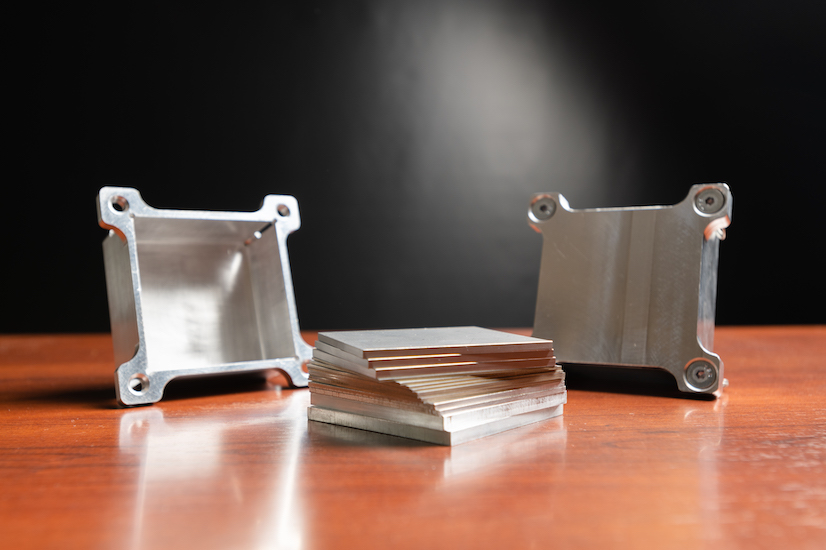

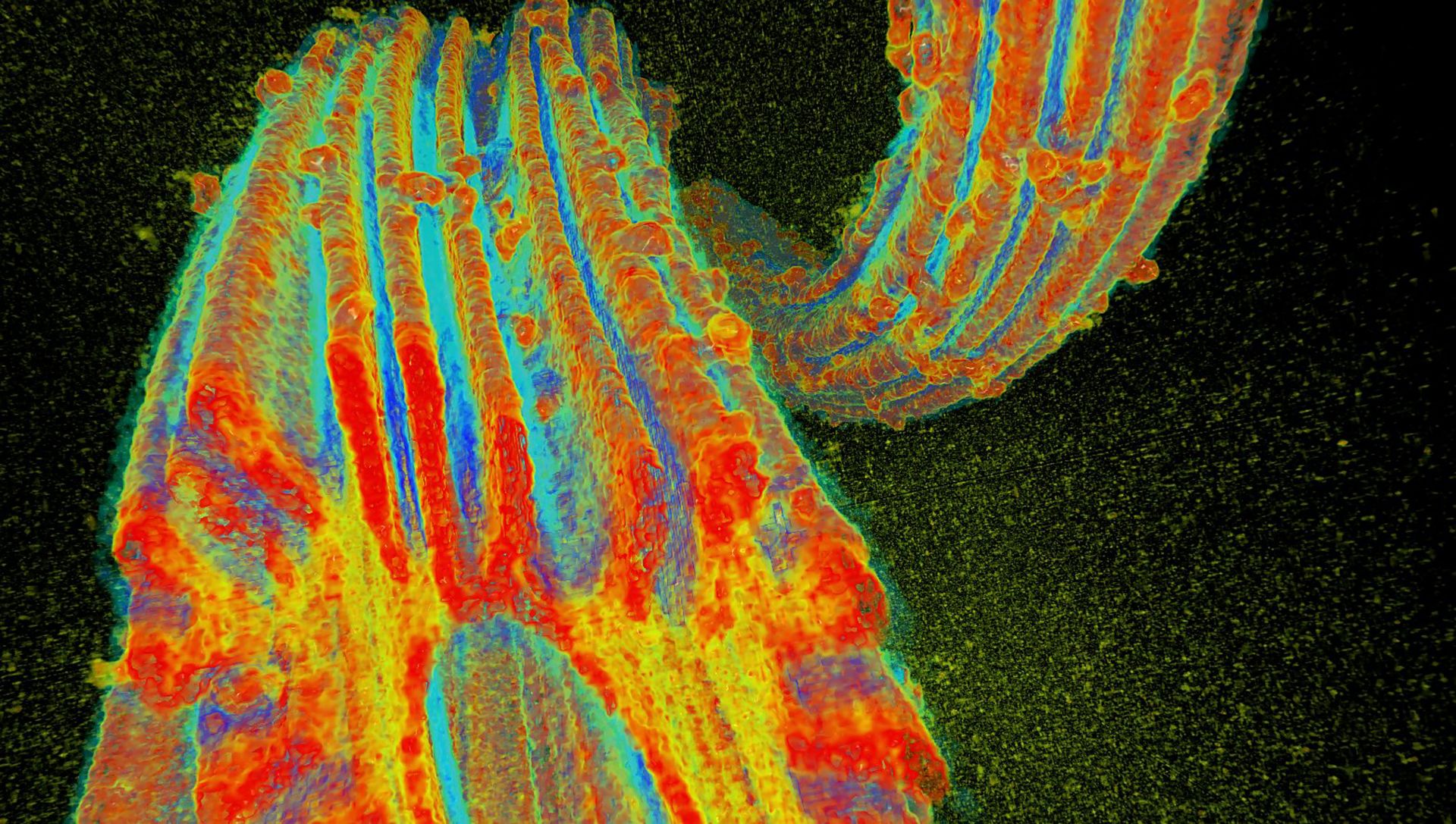
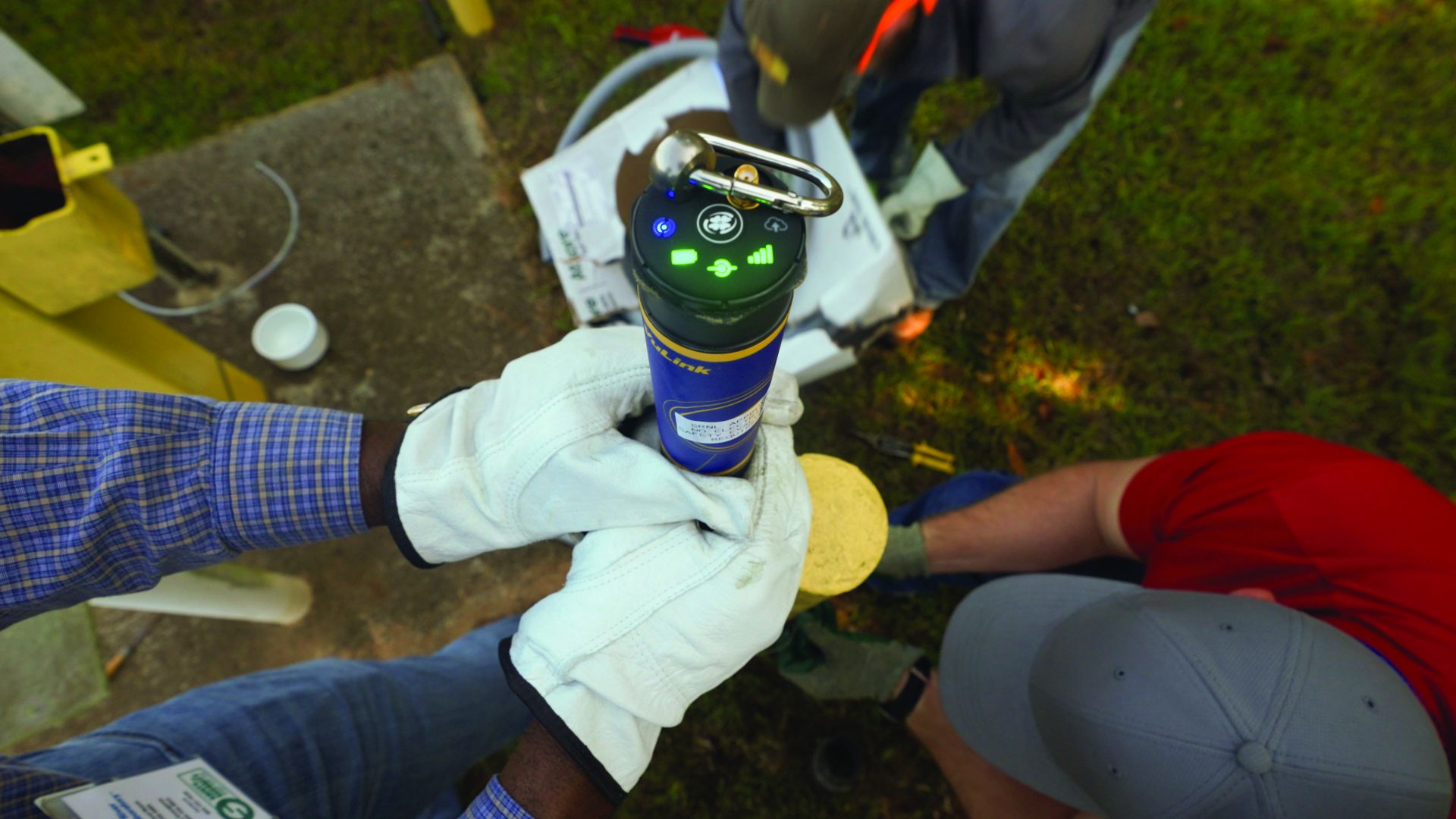

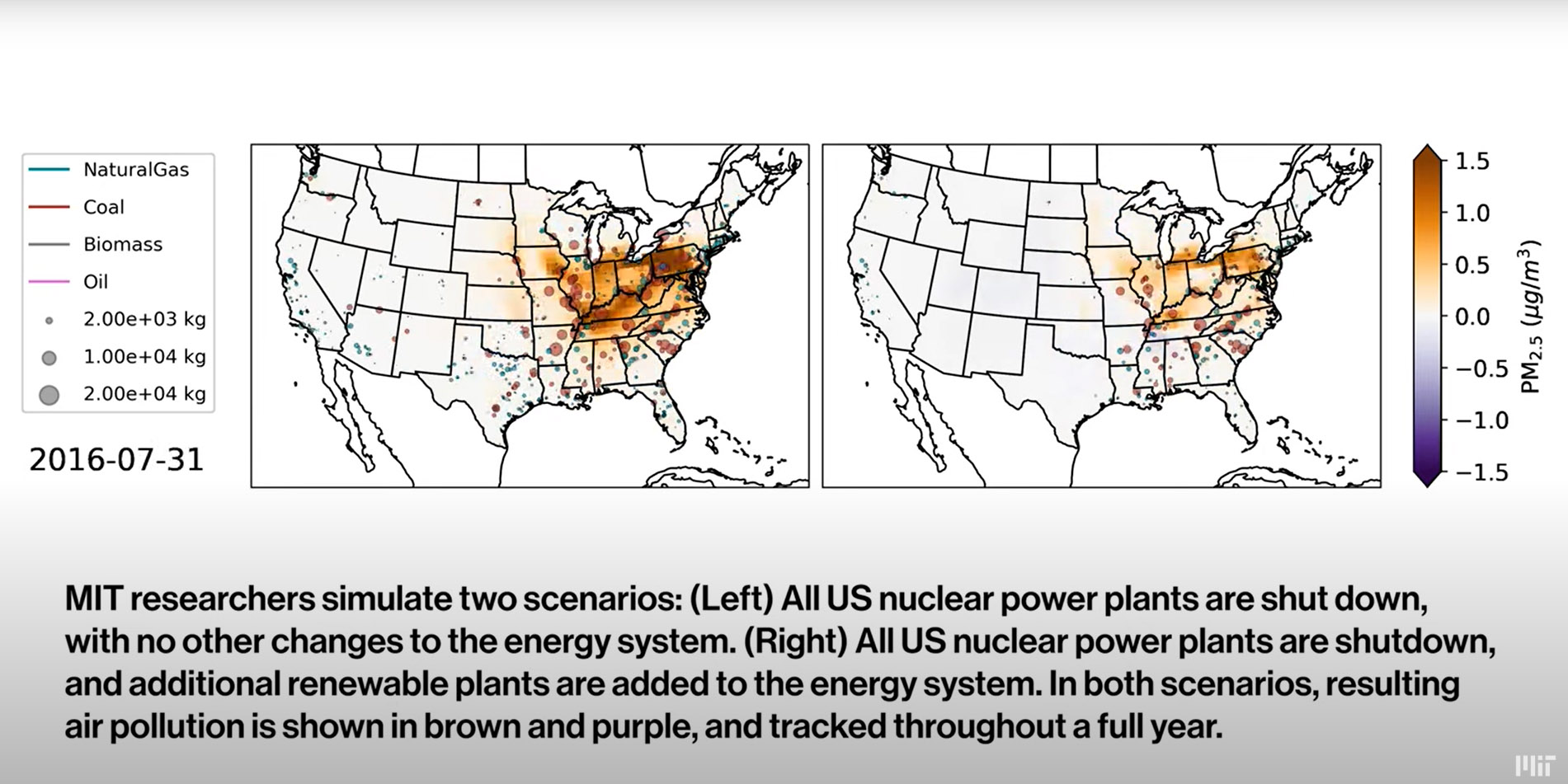
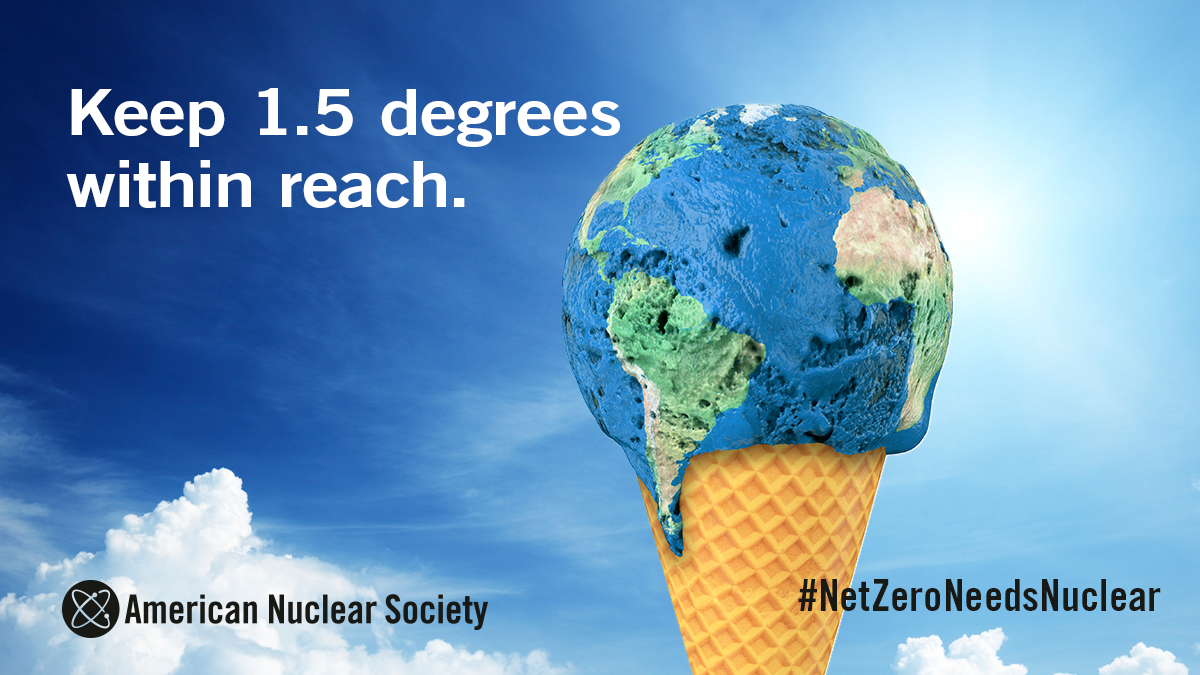
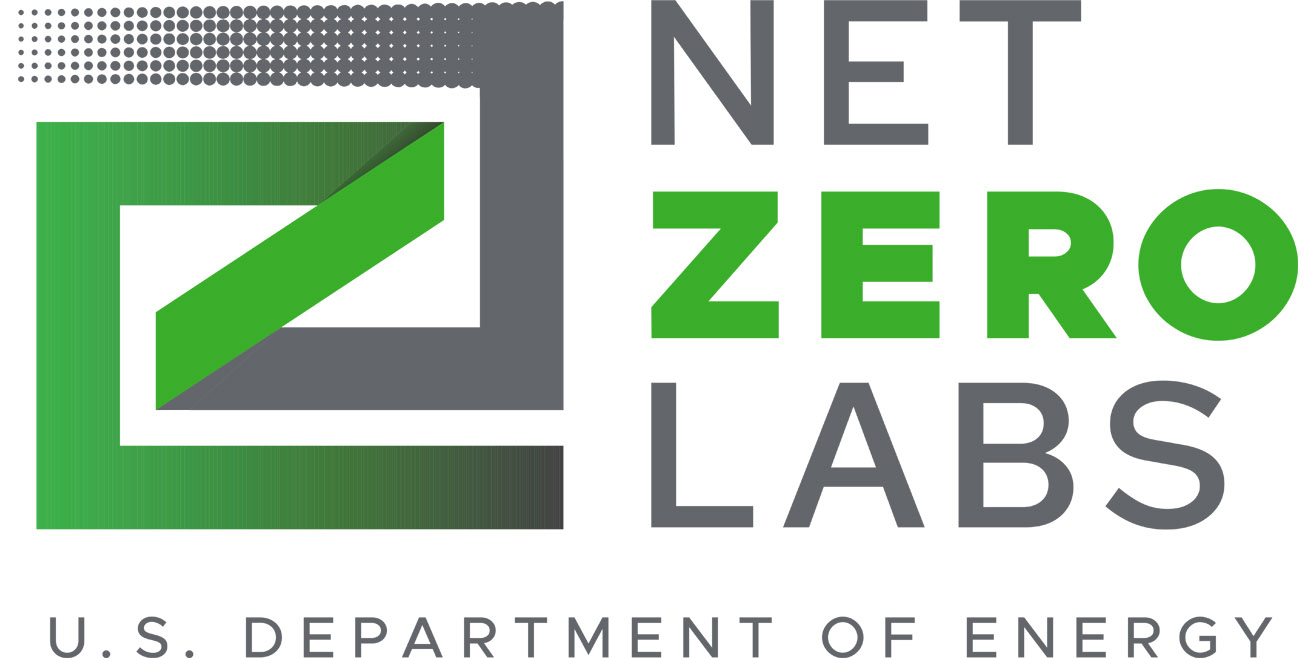



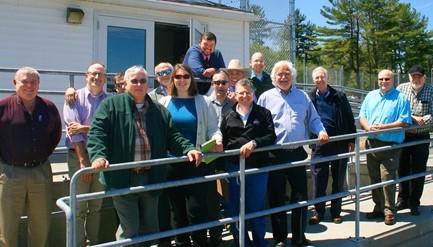
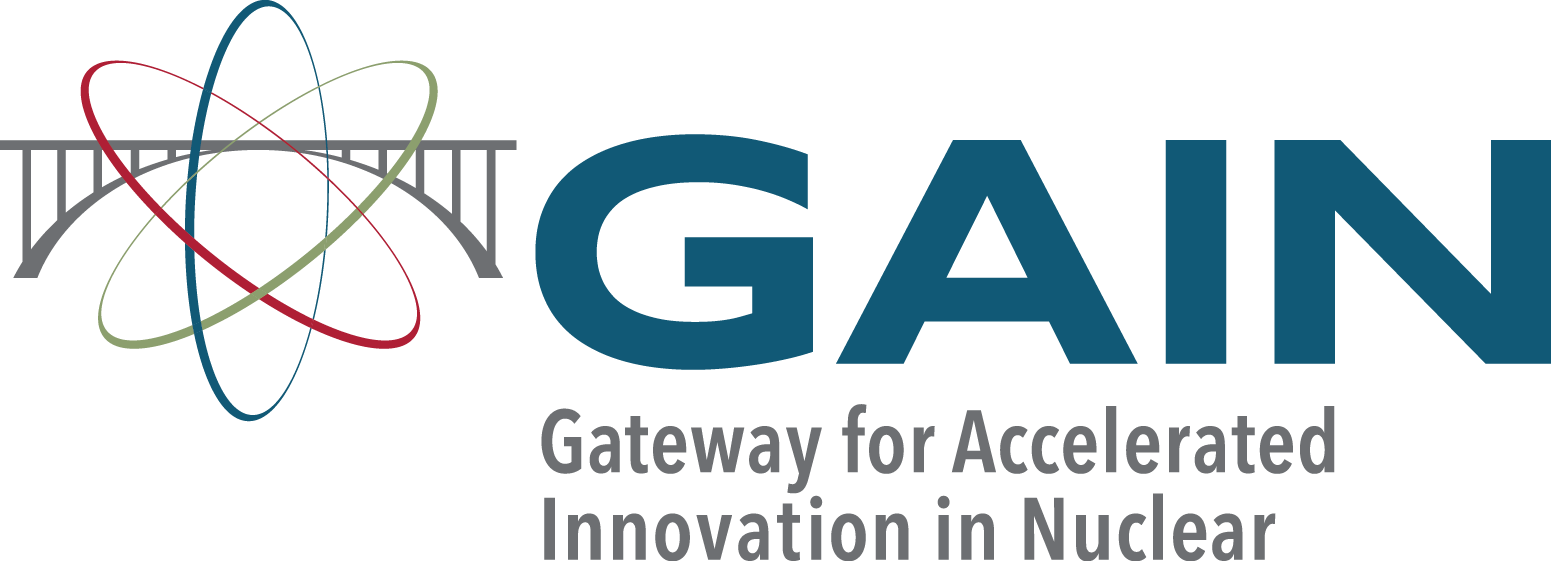 The Gateway for Accelerated Innovation in Nuclear (GAIN) announced that three nuclear technology companies—Radiant, Oklo, and Lightbridge—will receive GAIN nuclear energy vouchers to accelerate the innovation and application of advanced nuclear technologies.
The Gateway for Accelerated Innovation in Nuclear (GAIN) announced that three nuclear technology companies—Radiant, Oklo, and Lightbridge—will receive GAIN nuclear energy vouchers to accelerate the innovation and application of advanced nuclear technologies. 